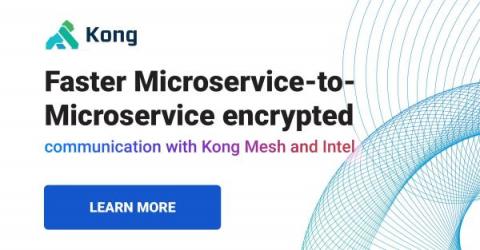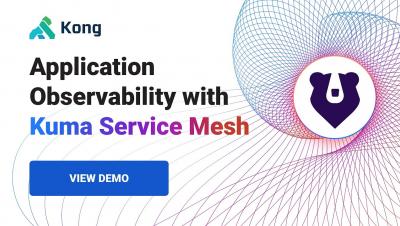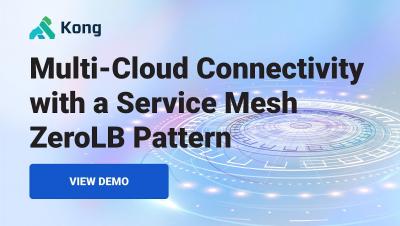Systems | Development | Analytics | API | Testing
Service Mesh
Kong Builders - December 1 - Exploring Istio Gateway
Kuma 1.4 and Kong Mesh 1.5 Released With RBAC, Windows Support, 2x Performance and 25+ New Features
We are happy to announce a new major release of Kuma, and a new major release of Kong Mesh built on Kuma! Kuma 1.4 ships with 25+ new features and countless improvements, particularly when it comes to performance. As previously announced at Kong Summit 2021, Kong Mesh ships we enterprise capabilities for large scale service mesh deployments, like RBAC, and native support for Windows VMs.
Faster Microservice-to-Microservice encrypted communication with Kong Mesh and Intel
Service Mesh is an infrastructure layer that has become a common architectural pattern for intra-service transparent communication. By combining Kubernetes a container orchestration framework, you can form a powerful platform for your microservices cluster, addressing the typical technical requirements that occur in highly distributed environments. A service mesh is implemented through a sidecar configuration, or proxy instance, for each service instance.
Understanding the Basics of Envoy Configuration - Denver Meshy Mesh Meetup
Demo: Zero Trust Security with Service Mesh
Application Observability With Kuma Service Mesh
Multi-Cloud Connectivity with a Service Mesh ZeroLB Pattern
Getting Started With Kong Istio Gateway
Have you ever found yourself in a situation where all your service mesh services are running in Kubernetes, and now you need to expose them to the outside world securely and reliably? Ingress management is essential for your configuration and operations when exposing services outside of a cluster. You need to take care of the authentication, observability, encryption and integration with other third-party vendors alongside other policies.











